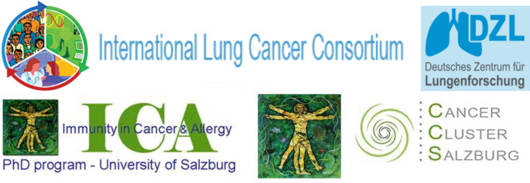
Team Angela Risch
Division of Cancer Genetics/Epigenetics
The research of our team focuses on genetic and epigenetic variations and aberrations in the context of cancer. Interindividual genetic and epigenetic variation, as well as acquired genetic and epigenetic changes can affect cancer risk, tumor development and clinical prognosis. Methylation patterns differ across tissues, but can also change as a result of age, disease or exposure, e.g. to tobacco smoke. We are interested in their potential use as biomarkers of exposure, or as diagnostic/prognostic markers. Epigenetic dysregulation may also point us to important new mechanisms in carcinogenesis.
We employ a broad spectrum of molecular biological techniques with appropriate bioinformatic and statistical analysis. Most importantly, we employ a range of methods for methylome analysis, e.g. in clinical samples, and then use sequence specific quantitative methylation analysis to validate findings and to better characterize the epigenetic dysregulation. This is further followed by in vitro analyses of target genes or miRNAs for functional characterization.
Within large international consortia we investigate single nucleotide polymorphisms and their functional consequences as risk factors for disease, with a particular emphasis on lung cancer. Within genome-wide SNP association studies, risk regions have been defined, but the mechanisms of such associations mostly remain unclear. We are now determining methylation patterns at high resolution, and are looking to correlate SNPs with epigenetic patterns with the aim of identifying functionally relevant SNPs and mechanisms promoting carcinogenesis.
Inflammation-related epigenetic changes and alterations in epigenetic patterns as a result of tumor-microenvironment interactions hold particular promise in the context of identifying potentially clinically useful biomarkers. Epigenetic drugs are being used in the context of cancer treatment, but much remains to be learned about their mechanisms of action and optimal use.
This research group is a member of
- the international “PhD program ICA” of the University of Salzburg and the FWF.
- the priority program “Allergy-Cancer-BioNano Research Centre” of the University of Salzburg.
- the “Cancer Cluster Salzburg” of the University of Salzburg, Salzburg Cancer Research Institute and the University Clinics Salzburg (SALK/PMU).
- the Genetic Associations and Mechanisms in Oncology (GAME-ON)
- the International Lung Cancer Consortium
- the German Center for Lung Research = Deutsches Zentrum für Lungenforschung






